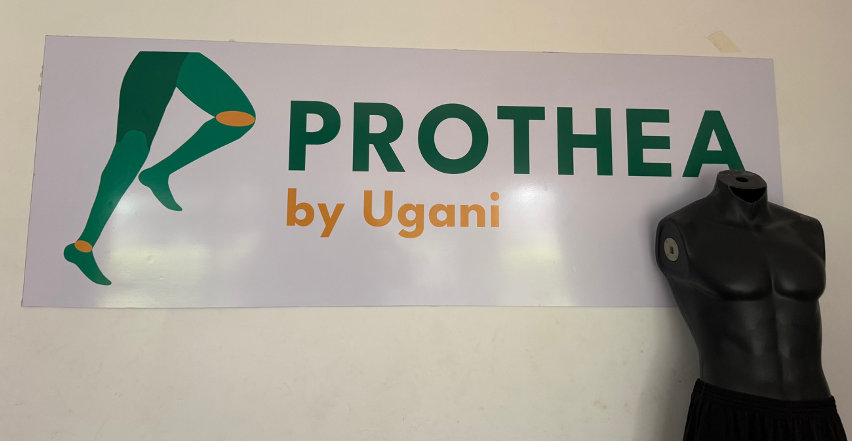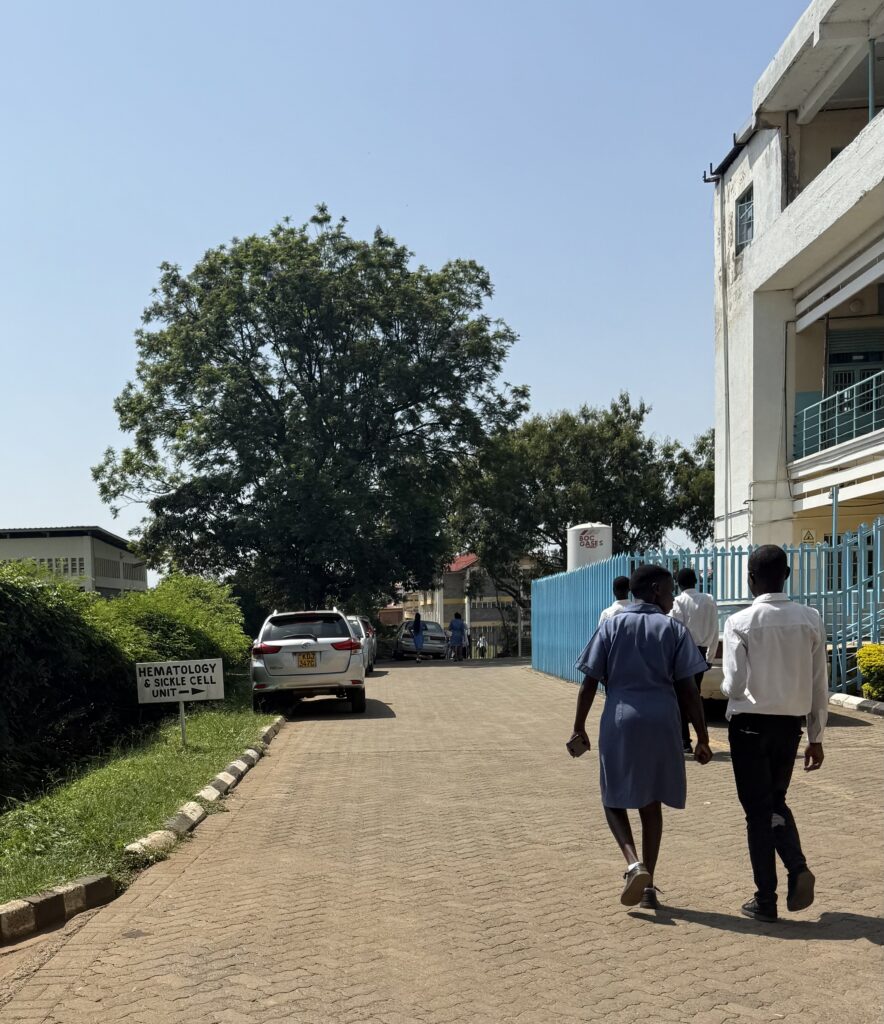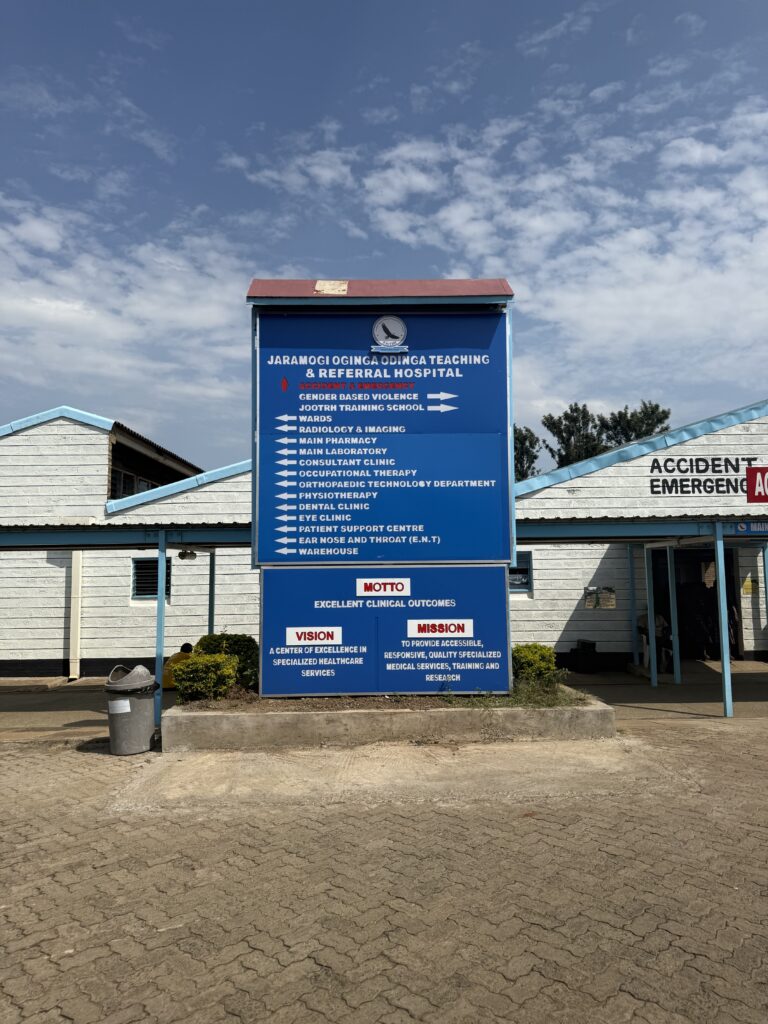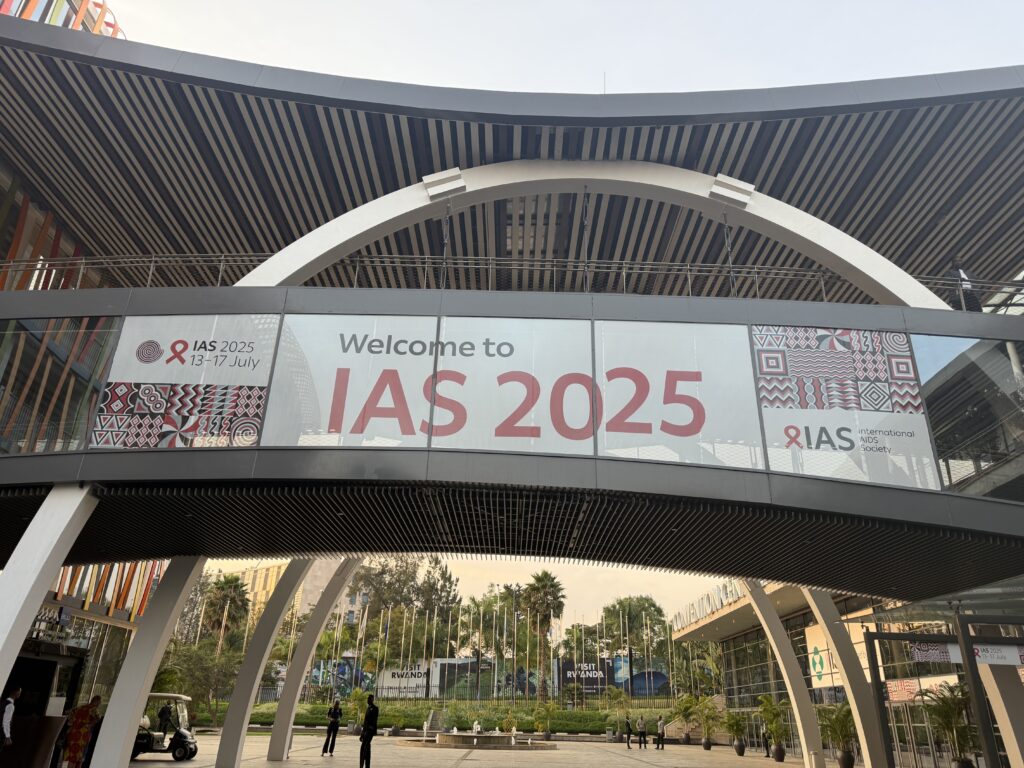Despite major progress in HIV treatment, UNAIDS estimates that more than 600,000 people still die from preventable AIDS-related illnesses each year. Up to one-third of people living with HIV progress to Advanced HIV Disease (AHD), leaving them vulnerable to severe infections. Among the most serious is cryptococcal meningitis (CM), a fungal disease that is 100% fatal without treatment and still causes over 100,000 deaths annually, making it the second leading cause of AIDS-related mortality. Even with optimal treatment, mortality often exceeds 30%. The World Health Organization (WHO) recommends a package of simple, low-cost interventions to prevent AHD and CM deaths; however, access remains limited in many high-burden settings.
In 2025, Integral Global (IG) partnered with Gilead Sciences to launch the Getting to Zero Cryptococcal Meningitis Deaths (GTZD) Initiative, providing technical and material support to national HIV programs. The initiative works closely with ministries of health and implementing partners to fill critical funding gaps and strengthen AHD programming through:
- Capacity building: Strengthening healthcare worker training and knowledge sharing in both inpatient and outpatient settings through targeted mentorship.
- Monitoring and Evaluation (M&E): Improving data collection across the care cascade by integrating AHD-specific indicators into national Electronic Medical Record (EMR) systems.
- E-learning modules: Developing and digitizing country-specific videos, job aids, and training materials to expand access to learning resources.
- Supply chain strengthening: Procuring essential lumbar puncture (LP) supplies to enable hands-on training and ensure the availability of critical tools.
- Policy and planning: Supporting country coordination and the development of national implementation roadmaps to guide AHD and CM response efforts.
The project kicked off in February 2025 with IG staff meeting Gilead in Washington, DC, and the early months focused on securing ministry buy-in and coordinating multi-sectoral partnerships. Since then, IG has been providing on-the-ground support in Kenya, Uganda, South Africa, and Eswatini to advance national AHD and CM programs and reduce preventable deaths.
In June 2025, IG supported the activation of Kenya’s 5th Center of Excellence for AHD at Jaramogi Oginga Odinga Teaching and Referral Hospital in Kisumu. Nearly 50 healthcare professionals participated in hands-on training sessions focused on CM management, including simulation-based lumbar puncture practice and case-based learning across inpatient and outpatient settings.
On July 17th, 2025 at the International AIDS Conference (IAS) in Kigali, Rwanda, IG convened a networking night that brought together representatives from 23 organizations across 16 countries, fostering dialogue around AHD program implementation, collaboration, and innovation. Discussions emphasized the importance of cross-country partnerships, sustained advocacy, and integrated care in achieving the 95-95-95 goals and ending preventable AHD deaths.
In August 2025, IG finalized collaboration with Prothea, a Kenyan prosthetics company, to develop affordable lumbar puncture training mannequins for widespread use in healthcare facilities. These low-cost models are designed to improve clinician confidence and technical skills in performing life-saving procedures for CM management.

With project activities planned through Summer 2026, IG will continue to strengthen AHD and CM programs through targeted needs assessments, mentorship by hospital-based champions, and the development of practical training materials, including job aids and e-learning modules. These efforts aim to strengthen facility-led capacity and reduce preventable deaths from AHD and CM.







